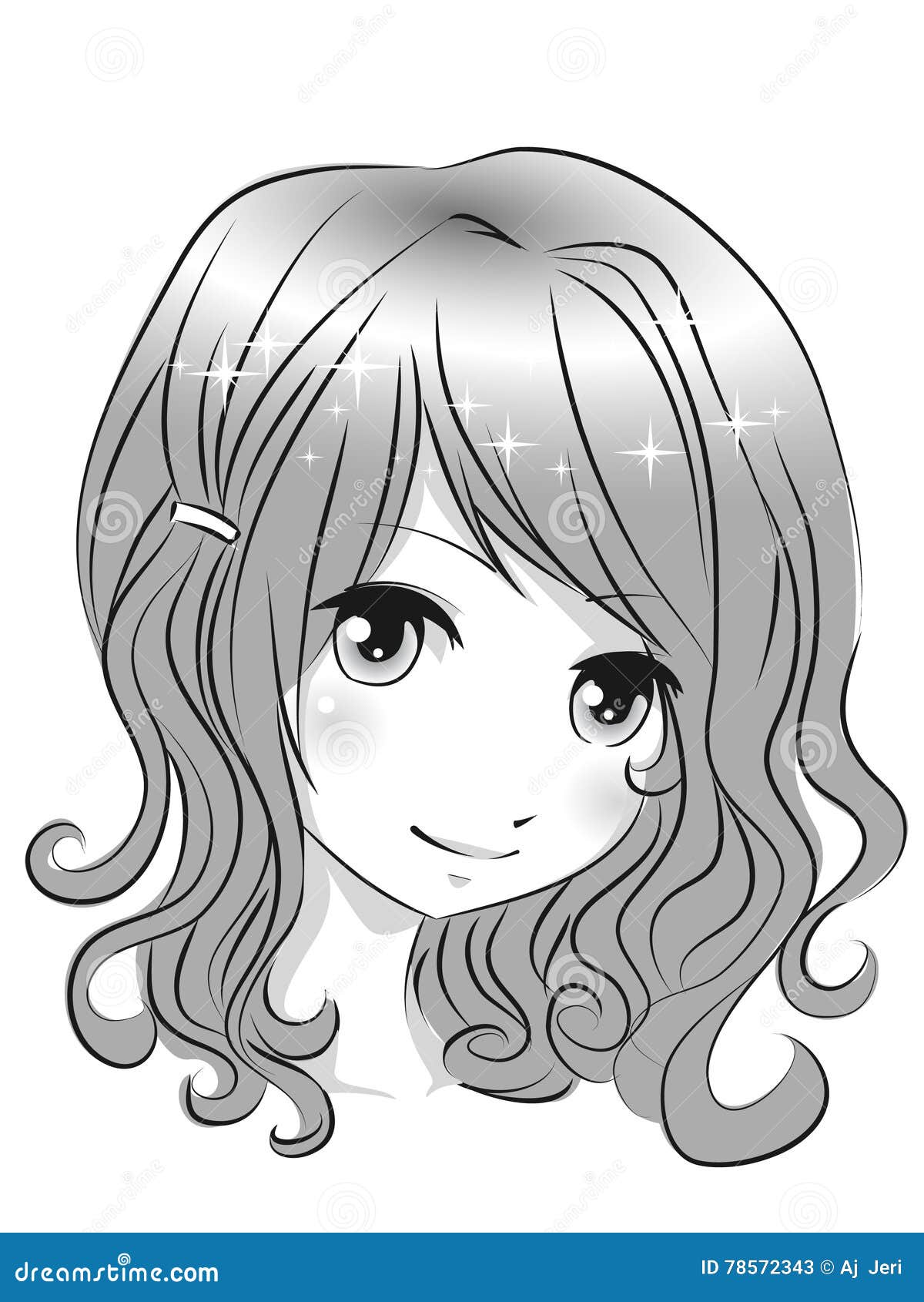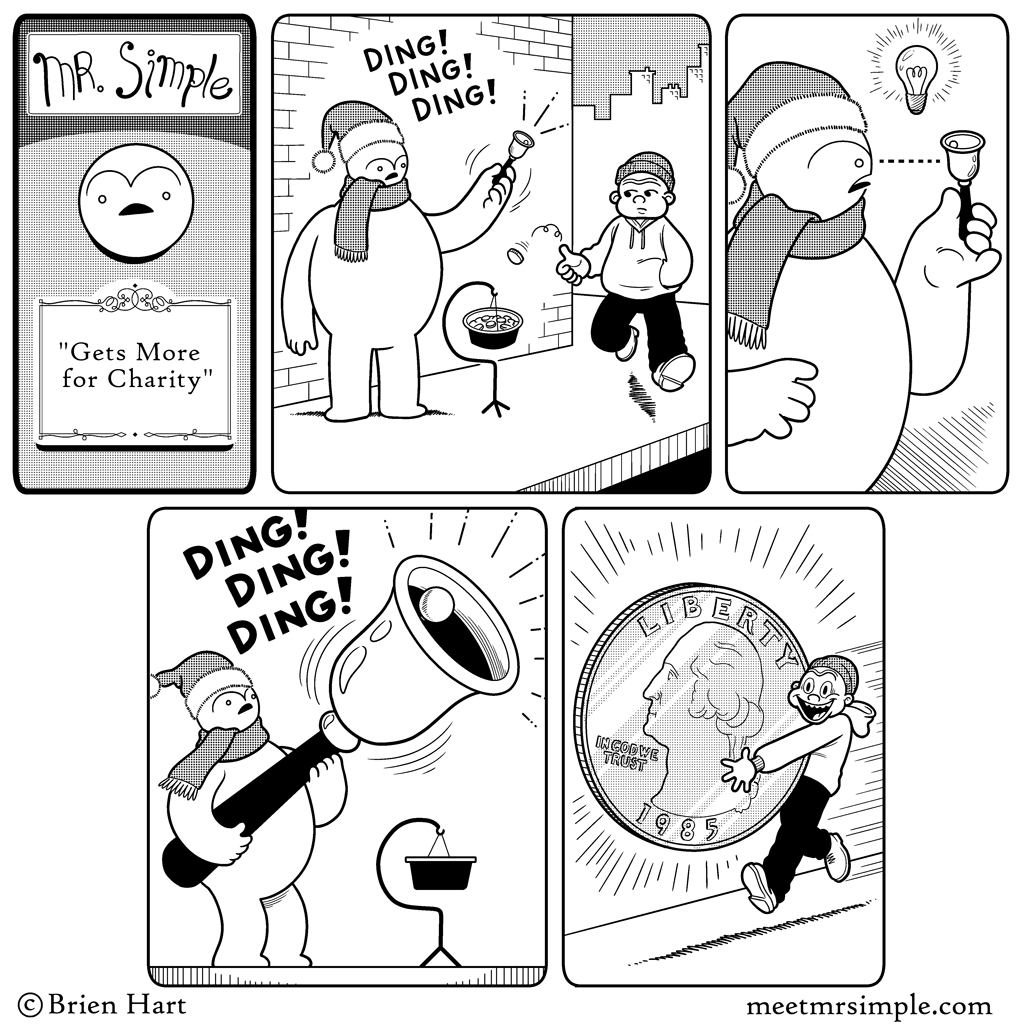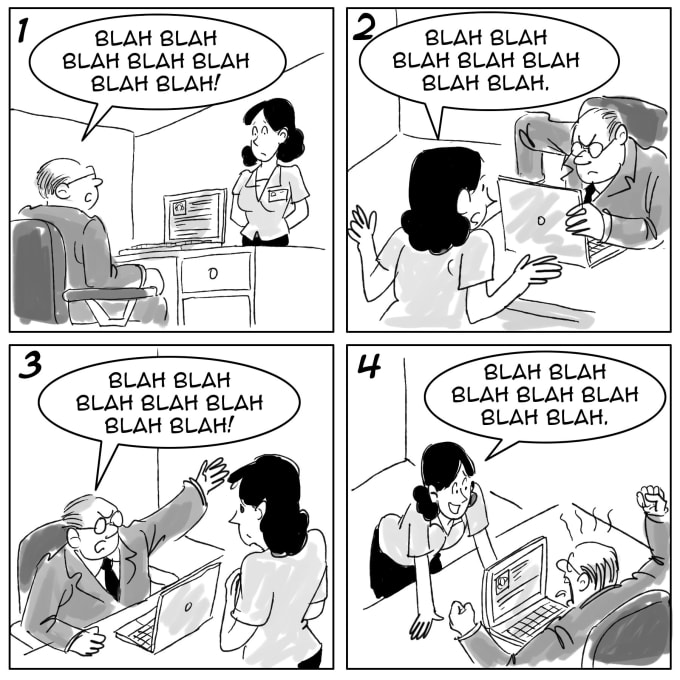

- #Easy drawing for comics how to#
- #Easy drawing for comics pdf#
- #Easy drawing for comics software#
- #Easy drawing for comics download#
- #Easy drawing for comics free#
#Easy drawing for comics download#
It not only includes all the blank templates that you see in my video, it has my entire 6-page sample “The Time I Lost a Dog” available as a download too.
#Easy drawing for comics pdf#
If you’d like some print-friendly help though, I’ve collected all my guides and templates in my “Make Your Own Comic Book” ebook available in my PDF Shop. If you are just looking for ideas, it might be all you need to get started. I then broke it into steps, and then proceeded to draw all the panels that I needed. You can view my scanned pages below to see how I started with a story plan. If you’d like to learn more about how I made my sample comic book, “The Time I Lost a Dog”, here are your two choices. That’s a whole lot of learning for one classroom project!
#Easy drawing for comics how to#
Some simple typography lessons are even possible, if students think about how to express emotions with the size and look of their letters. It also will mostly likely stretch their drawing skills at the same time.


The mere process of putting one together encourages them to think carefully about a storyline.
#Easy drawing for comics free#
It’s easy to see why classroom teachers might want their students to learn how to make a Comic Book. Need some easy to follow drawing tutorials Look no further Learn how to draw comics with our free step-by-step lessons covering anatomy, proportions. Seasonal & Holiday Drawing Ideas Expand.Limit the space allowed for the text of each panel to a third. Trim your text down to the bare necessities.Make the speech bubbles for the characters who are closer bigger, and the bubbles for the more distant characters smaller. And now it's time to settle that score.” above the image of Jack saying “I’ll show them all!” For example, you could write “Jack Smith had a chip on his shoulder all his life. If you can't convey something through dialogue, put it into narrative text.Use these as the foundation upon which you build the rest of the scene. Take a look at your list of key words, phrases, and dialogue that you came up with while working on the plot of your simple comic. This will describe the action and convey the emotions in your simple comic. You need to write the text of your comic in the remaining space on the page. Now that you have your background and characters in your panels, your stage is set and your players are ready for the story. For example, a character getting shocked might have his panel bordered with a zig-zag line. You can use different shapes or outlines to convey emotion or sensation in your panel.You don’t want these lines to be confused for the sketch work you add when you put character-shapes and background images in your panels. Use thick lines when sectioning off the panels of your pages.Simply divide your paper into four quarters, creating four scenes for each page. For beginners, you might want to start with the classic four panel approach.For example, the punchline could take up the bottom half of a page, while the other panels could take up the top half. Make the more important panels larger, and the less important panels smaller.The tutorials cover traditional art, photo art, and illustrations.

#Easy drawing for comics software#
Using this as your template and a pencil, break your pages into panels that depict the action of your scene. Complete Guide on How to Draw Manga The folks behind Corel Painter, a piece of drawing software used by many artists, offer a collection of art tutorials meant to get you started from base zero. Refer to your practice page and the panel distribution you drew there. Your simple comic should be no more than two pages long for the purposes of practice or idea development, though you may want to use a long-draft simple comic for roughing out more complete comic ideas. X Research sourceīreak your page(s) into panels. You'll write the text of the comic around these major events in the form of narration and dialogue. Your sketched images should centralize around some kind of action or interaction.Too much dialogue and text can distract or overwhelm the reader. Tweaking your dialogue and narrative text to make it concise and to the point.It'll also create dialogue and set the tone. This will dictate how the characters treats each other. Identify the relationship and feelings between characters in the scene.If you’re an artist, this may mean you’ll need to go against your natural inclinations and de-emphasize your attention from the image to the story. Your goal isn't to realize an artistic masterpieces, it's to write a simple comic. The images you include while writing your simple comic need to be sketches that give the impression of action while taking as little time from the development of your story as possible. Focus your attention on dialogue and story over presentation.


 0 kommentar(er)
0 kommentar(er)
